On June 27th, 2024, the Michelin Guide unveiled its awards at the InterContinental Saigon Hotel in front of a large audience. This marks the 2nd edition of the Guide in Vietnam.

The first selection, released in 2023, sparked widespread discussion and criticism, especially on social media.
My views on this debut, as a French expat living in Vietnam for 17 years, were a bit more balanced.
You can read about them in this article: Michelin Guide: An opinion on the first awards given in Vietnam
For this edition, the first words that come to my mind when thinking about it are:
- Consolidation: In Hanoi and Ho Chi Minh City, all the starred restaurants retained their awards, and the newly attributed Stars were cautiously awarded.
- Da Nang: The Guide announced last April that it would extend to Da Nang, and it did not go halfway, with 36 restaurants entering the guide. More on that number later.
1. Michelin Star Restaurants
Stars are the most prestigious awards given by the Michelin Guide.
I expect the Michelin Guide to grant them only after careful consideration, and the 2024 edition confirmed it.
In 2024, the guide awarded only three new Stars (with no demotions), bringing the total for Vietnam to seven.
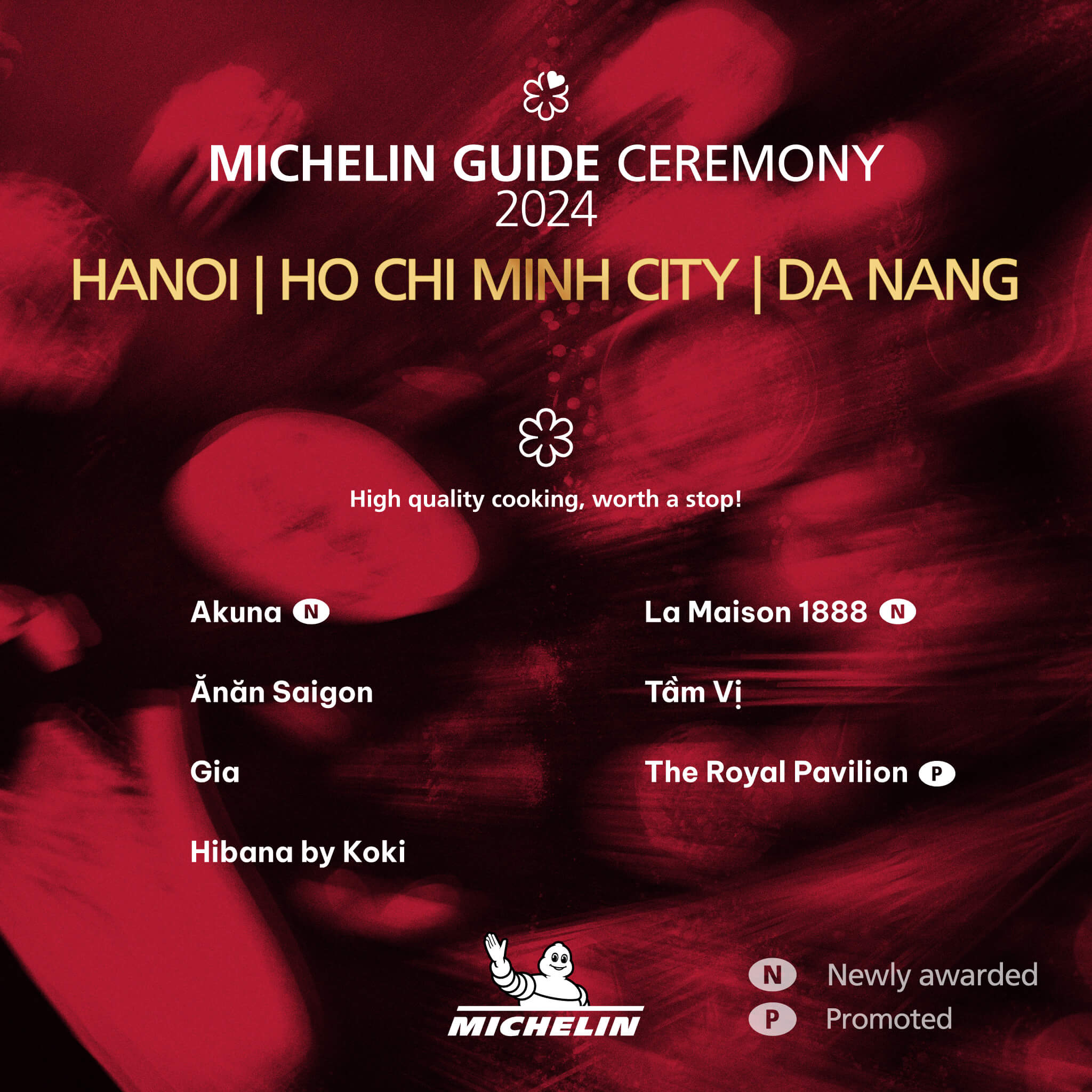
The country ends up with “only” seven one-star restaurants, without any two- or three-star establishments.
For comparison, Thailand in 2024 features 37-starred restaurants, including seven two-star establishments.
1.1. French Cuisine honored with La Maison 1888
As a Frenchman, I was obviously happy to see La Maison 1888 awarded. I mentioned last year the importance of French chefs in the Vietnamese dining scene, and it makes a lot of sense to me to have a representative of French cuisine in this selection.
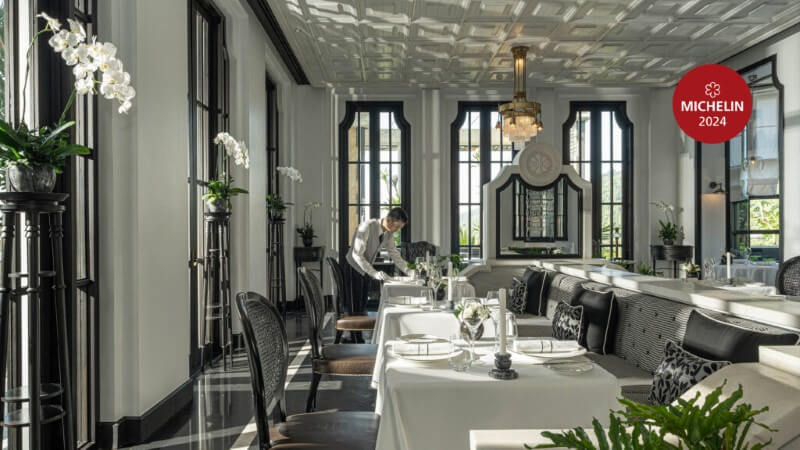
I have never had the chance to personally eat at La Maison 1888, so I won’t be able to comment further on this choice.
And a new Star for SunGroup…
One additional comment on the star awarded to La Maison 1888:
- Yes, this is one more star for a restaurant located in a Sun Group property.
- Yes, Sun Group sponsored the arrival of the Guide in Vietnam for a great amount of money.
- Yes, it’s a direct conflict of interest that the Michelin Guide should have avoided.
But does it mean that La Maison 1888 is not worth one Michelin star? I cannot answer that, but I am pretty sure that dismissing the restaurant solely on the basis of this conflict of interest is likely wrong.
La Maison 1888 has a reputation for years as one of the best places in the country for Western cuisine, and the chef behind it, Pierre Gagnaire, is internationally renowned.
His eponymous restaurant in Paris has earned three Michelin stars, and the one in Tokyo has earned two.
The chances that Pierre Gagnaire offers something great in Danang as well are pretty high.
1.2. Cantonese and modern Australian cuisine rewarded
The two additional stars awarded on June 27th went to Akuna and Long Trieu, both located in Ho Chi Minh City.

I have not had the chance to try them yet, but if I had to give an opinion on these two names, I would consider them safe choices, without any negative connotation behind that term.
- Sam Aisbett, who leads Akuna, was the man behind Whitegrass in Singapore. This endeavor has already earned him a Michelin star and a place on the prestigious Asia’s 50 Best Restaurants list. Knowing the chefs who mentored him in Australia (Peter Gilmore and Tetsuya Wakuda), it is almost not a surprise to see him associating a star with his name for the second time.
- Long Trieu (The Royal Pavilion) has had a reputation for years as the place to go for high-end Cantonese cuisine. The kitchen has been led over the years by several renowned chefs with previous experience in the finest restaurants of Hong Kong (including starred ones). Given the importance of Southern Chinese cuisine in South Vietnam, it makes a lot of sense to see one of its best representatives awarded.
1.3. No New Stars for Vietnamese Restaurants
Now, let me express my personal disappointment regarding the star selection:
No new stars for Vietnamese Modern Fine Dining Cuisine
I was sincerely hoping, and almost convinced, that the Guide would award at least one new star to a representative of the emerging Vietnamese fine dining scene.
Chapter Dining and Grill in Hanoi is one of the most prominent members of this group. However, the restaurant remained in the ‘selected’ category.
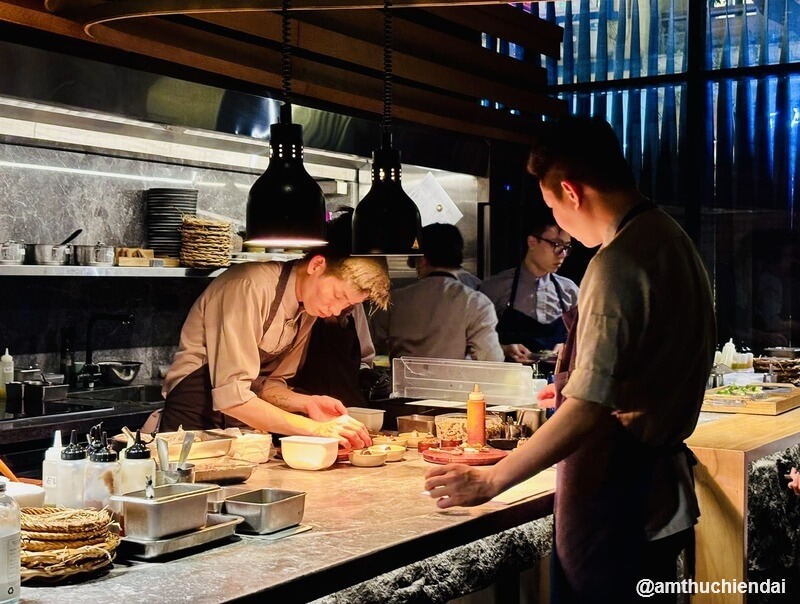
I had the chance to try the place and its 13-course “Back Home” tasting menu last February, and it has been one of my best dining experiences of 2024 so far.
It was notable in two aspects:
- It was truly a fine dining experience in all its aspects, from service and presentation to the storytelling behind the meal.
- It was genuinely Vietnamese cuisine. Yes, the chef may use modern techniques and a few imported ingredients, but almost every bite will remind you of Vietnamese flavors.
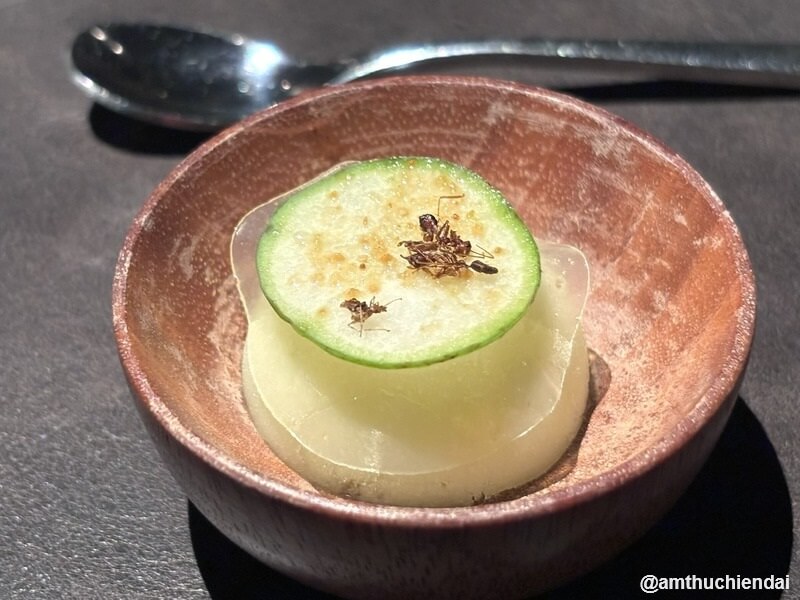
You can find my detailed impression here:
Chapter Dining & Grill – Vietnamese Fine Dining Review
Seeing this restaurant remain starless disappoints me because I feel that the Michelin Guide has an important role in creating economic incentives for places like this to emerge in a country like Vietnam.
In my experience, only a minority of locals are willing to pay a premium for elevated Vietnamese food while they easily do so for Western or Japanese places.
Giving stars to the best local fine dining restaurants is a great way to help them become viable and encourage other chefs to follow the same path.
Tam Vi’s No-Show at the Ceremony
On the other end of the spectrum, let’s talk about Tam Vi. This Hanoi restaurant, specializing in traditional Hanoian family home cooking, earned its first star last year and kept it in this edition.
I have eaten at Tam Vi multiple times. I like the food, but it’s not fine dining (the restaurant never aimed for that), and for me, stars should only be reserved for truly elevated experiences—no street food, no home cooking.
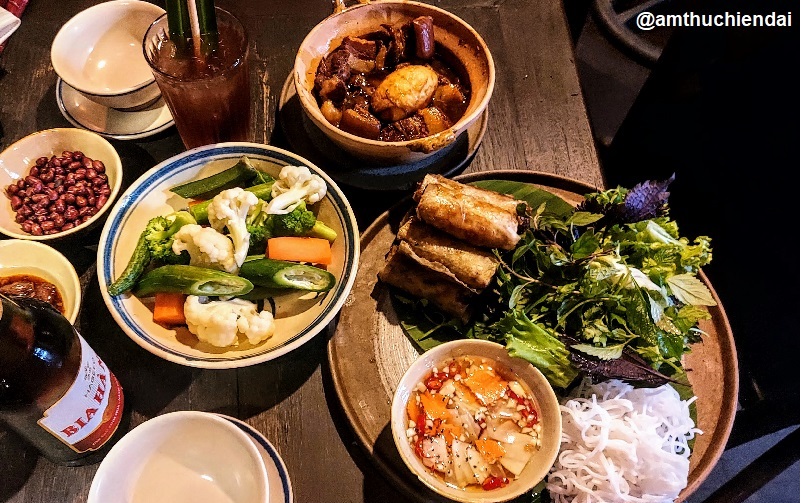
Additionally, the fact that they did not bother to come pick up their award this year reflects poorly on the Guide.
Let’s stop trying to find stars where there are none!
If I am correct, the Michelin Guide started awarding stars to street food stalls in 2016 with Singapore. This helped modernize the Guide’s image, which was often associated with French snobbish cuisine and created a lot of PR around these choices.
I personally feel that this gimmick tarnished the value of the stars and, at worst, created a lot of confusion around the selection criteria used by the judges.
It’s commendable to recognize the multiple aspects of a food culture, but it would have made more sense to create a new specific award for this or simply keep them in the Bib Gourmand category, which is perfectly suited for this kind of place.
Interestingly, locals seem to share a similar view to mine. Last year, Tam Vi’s selection was very poorly received among Hanoian locals.
As previously mentioned, I have nothing against Tam Vi; I like their food. I just feel that if you had to give a star in Hanoi, I would personally choose Chapter Dining and Grill over Tam Vi any day.
1.4. First Green Star
One of the novelties of the 2024 edition of the Guide was the introduction of the Green Star. This recently created award aims to showcase restaurants making particular efforts to practice sustainability from an environmental and social standpoint.
The first Green Star awarded in Vietnam was given to Nén Da Nang, a restaurant that emphasizes locally sourced ingredients, many of which come from their own farms.

Some people find this kind of award to be greenwashing, but I do not. The way we eat has a huge impact on our environment, and every initiative, even a small one, matters. I would even say that simply bringing the question of sustainability to the forefront is a net positive in a country like Vietnam.
2. Selected and Bib Gourmand
As a foreword to this section, I would like to clarify that I draw a clear distinction between the Stars and the Selected and Bib Gourmand selections.
I do not see the Selected or Bib Gourmand categories as a “waiting room” for potential promotion to the Star category. I also think it’s unrealistic to believe that these selections are made with the same level of care.
Remember, we have no idea how many inspectors work on the Vietnam edition, and according to the Vietnam Cuisine Culture Association, there are currently 550,000 F&B establishments in the country.
2.1. Michelin Gives (A Lot) of Recommendations in Da Nang
My first reaction after seeing the Da Nang selection was: “It’s a lot, maybe too much?”
Thirty-six restaurants have been selected, which now occupy more than 20% of the Guide. It may sound logical, but keep in mind that Da Nang is almost ten times smaller than Ho Chi Minh City.
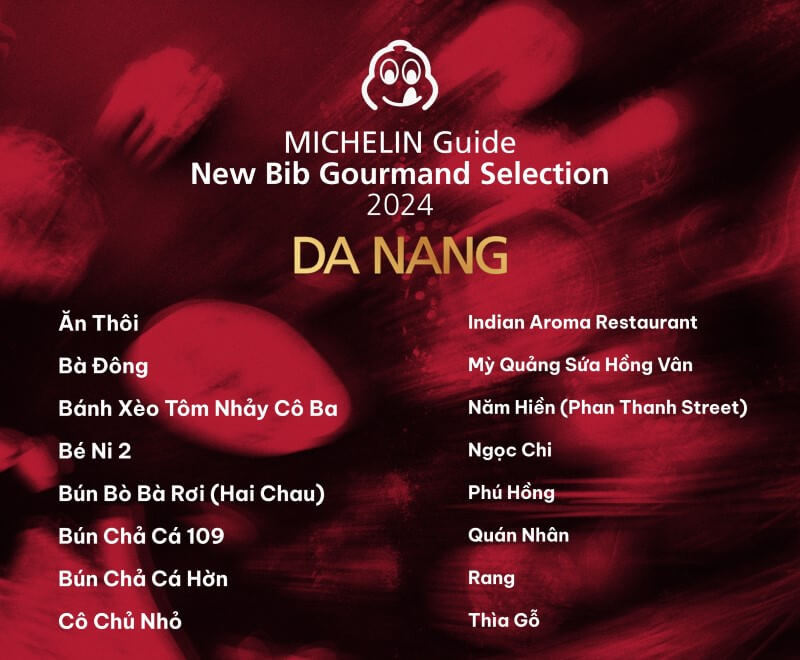
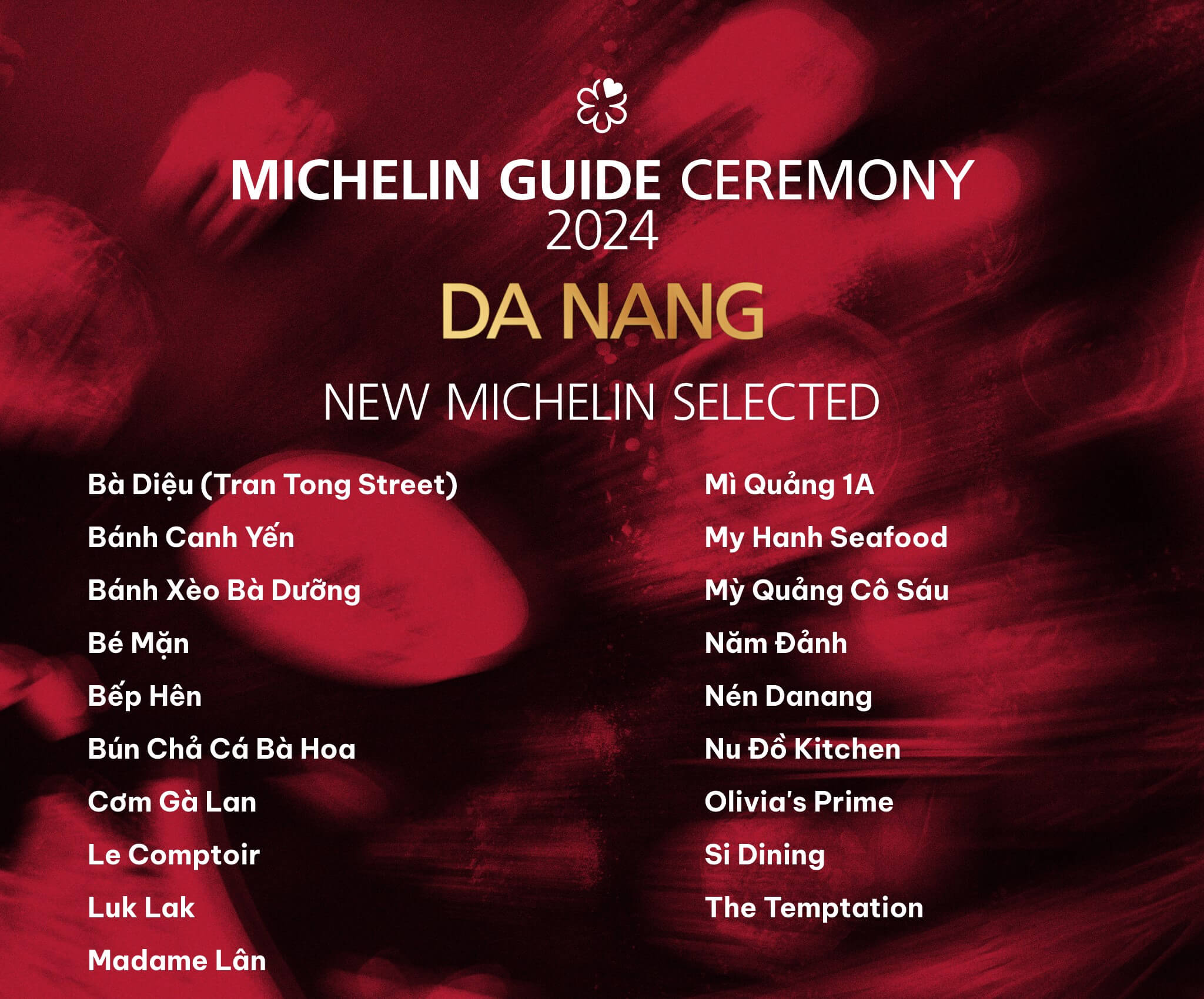
If you focus only on foreign restaurants, the difference between the two cities becomes even more significant.
A good foreign friend of mine who has lived in Da Nang for years and knows the F&B scene well confirmed this impression when he told me, “If I am a restaurant owner in Da Nang and not on the list, I would be pissed off…basically everyone is on it.”
As a personal experience, I only went to Da Nang once and visited Le Comptoir during that stay. It was a great dinner in all its aspects, and I am glad to see them recognized (Michelin Selected).
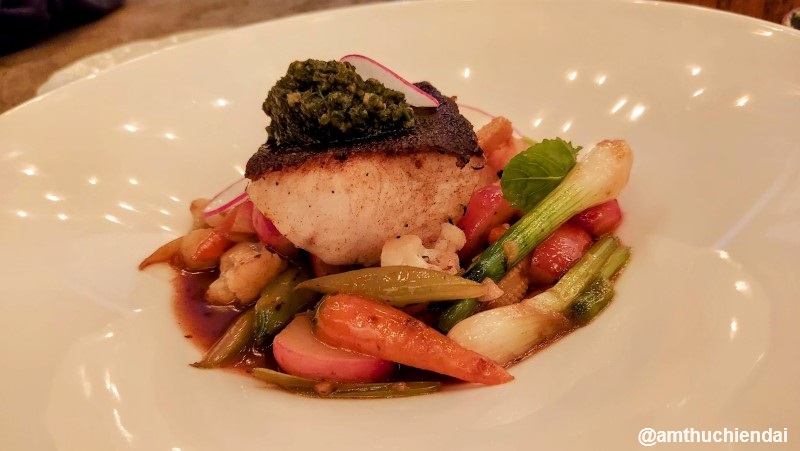
2.2. 36 New Selected and Bib Gourmand Restaurants in Hanoi and Ho Chi Minh City, but no Sakal Phoeung?
Besides the “big entrance” of Da Nang, 10 restaurants from Hanoi and 26 from Ho Chi Minh City made their entrance to the Guide.
I won’t attempt to comment on each entry, but the overall lack of coherence and logic behind the different categories that I mentioned last year is still present.
It’s when you put some choices side by side that it becomes most striking:
- In Ho Chi Minh City, the Selected section includes fine dining restaurants such as La Villa and Herve Dining Room alongside street food venues specializing in Pho. You can also find Pho in a similar price range appearing either in the Bib Gourmand and the Selected categories.
- In Hanoi, the Selected section features a branch of a steakhouse chain with 28 restaurants in five countries, mixed with five-star hotel restaurants like Le Beaulieu and street food stalls specializing in Banh Cuon.
When your selection is built this way, it’s impossible to argue that one place is more deserving than another. You can find arguments for almost anything.
I would still argue that the total absence of some names from the full Guide is surprising.
The most striking omission is French chef Sakal Phoeung, who has founded two renowned restaurants for in Ho Chi Minh City: Le Corto and P’ti Saigon.
I have tried both several times and found them great and at least on par with several names in the Guide offering a similar proposition.
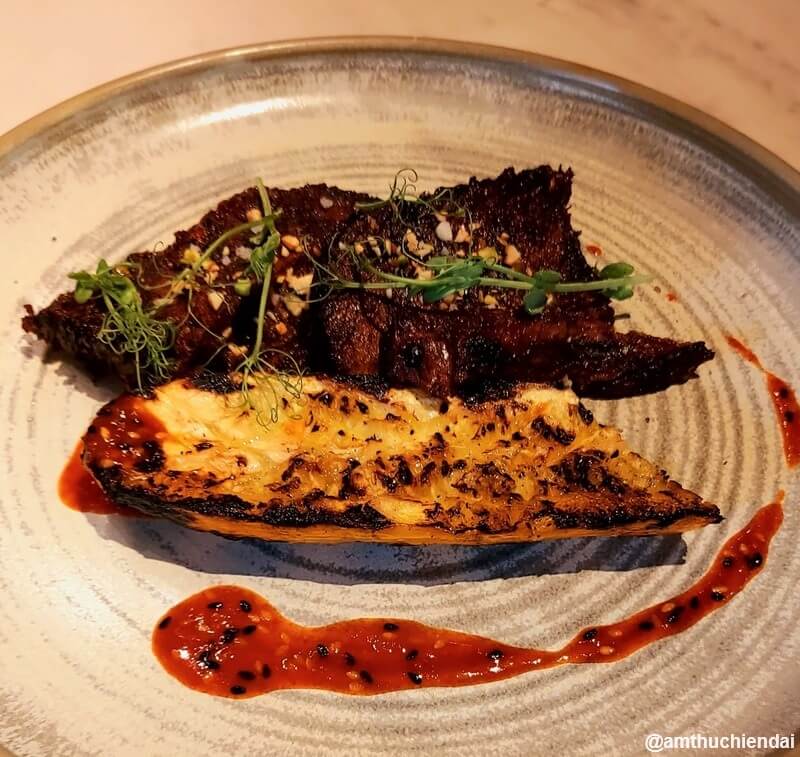
Moreover, I have seen him active in various events that contribute to the emergence of a fine dining culture in the country, such as Vietnam’s Bocuse d’Or Team, Les Disciples d’Escoffier and organizing dinners with starred chefs from abroad.
2.3. Should I Even Be Commenting on These Categories?
As mentioned, I believe there are good reasons why the Bib Gourmand and Selected categories have raised a lot of criticism.
This would less be the case if these selections were taken simply as personal and subjective recommendations made by the inspectors on where you might find good food.
In fact, that’s how Huong and I use the Guide—a list of names and opinions that we can use alongside various other sources. We find it useful in this way without overthinking it when traveling abroad.

But this is not how the Guide is publicly perceived: Michelin itself markets the simple presence in its guide, in any of the categories, as a prestigious accomplishment granting an award.
If you start to give awards and create various official categories, people will start to ask for ranking criteria, look for points of comparison, and, of course, question why one restaurant is included while another is not.
What made the Michelin Guide famous was its ability to rank a very specific category of restaurant—the fine dining ones—and to award stars to only a selected few.
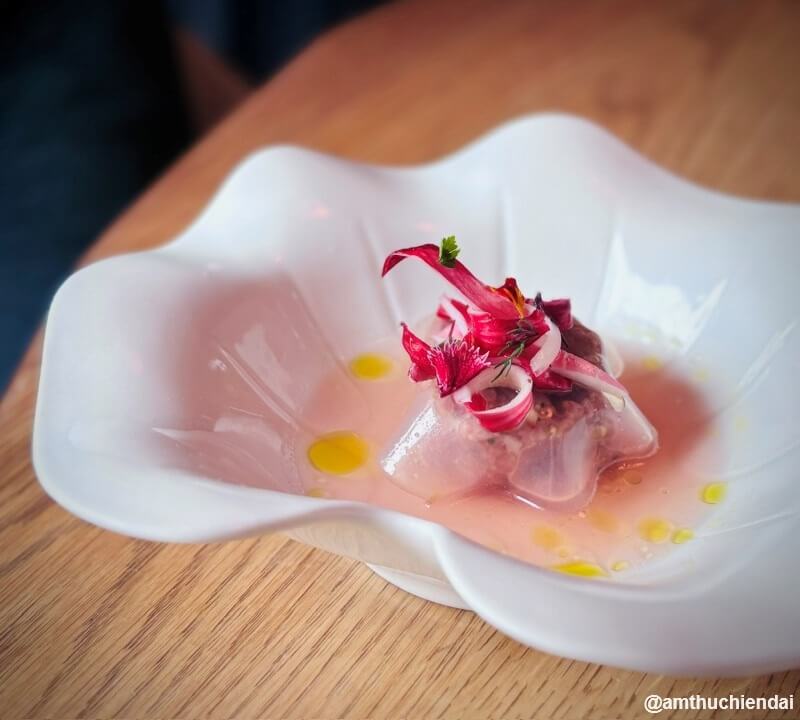
When you limit your focus to a narrow segment that you have deep knowledge of, you are credible enough to give out awards.
If you try to cover the food scene of an entire country, you can give personal recommendations based on the experience of your team but do not attempt to rank everything and give trophies.
In short, I wish the Michelin Guide would draw a clearer line between its Stars—a select award attributed to only a few restaurants offering an extraordinary experience (approximately fine dining)—and the Bib Gourmand and Selected categories.
This would involve:
- Making Fine-dining the core of its expertise and stopping the practice of giving stars to “ordinary” places, and I do not mean this term negatively in this context.
- Presenting the rest of its selection more modestly and coherently. The Guide would be more useful with clear, simple suggestions for local, foreign, and vegetarian food for each city.
Unfortunately, it does not seem that this is the direction the Guide is taking. A few months ago, a new award called “The Keys” was launched in France, focusing on hotels…
3. Two Editions and Counting: The Big Picture
This might sound like an overall negative opinion, but do not mistake me—I still consider the presence of the Michelin Guide a net positive for the country.
- It has sparked a lot of conversation around food, which is a positive development in itself.
- Stars attract a specific category of tourist in Vietnam who is willing to spend more than your average backpacker.
- Vietnamese food is more than just street food. The Guide creates an incentive for local chefs to elevate the local cuisine to a higher level.
Read more: Everything you should know about the Guide Michelin
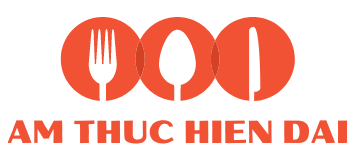
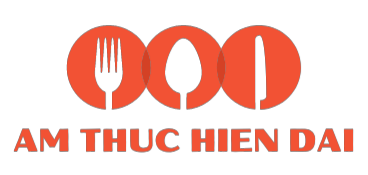
2 Comments
What a thoughtful article, full of well-considered points and intriguing, astute observations. Thanks!
Thank you!